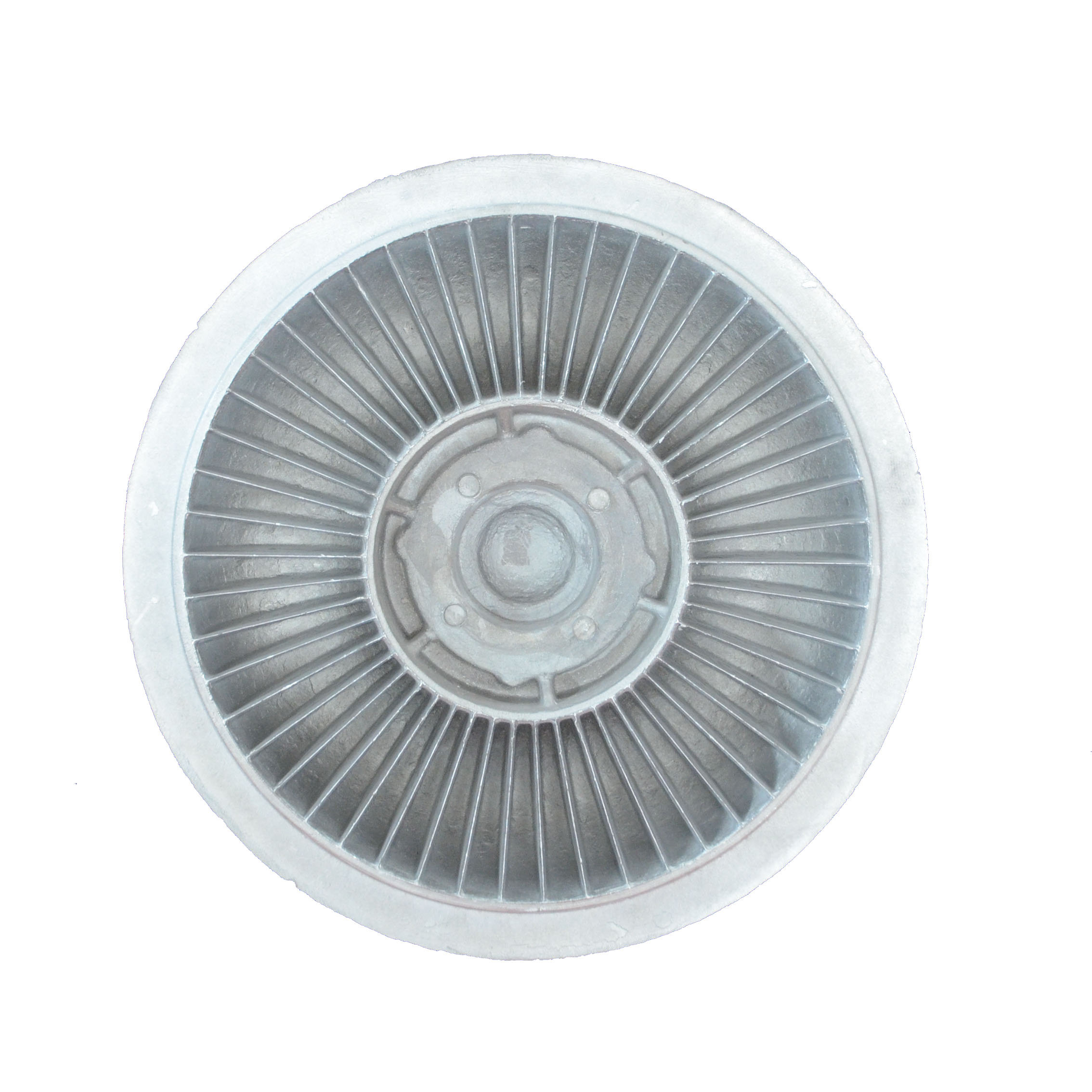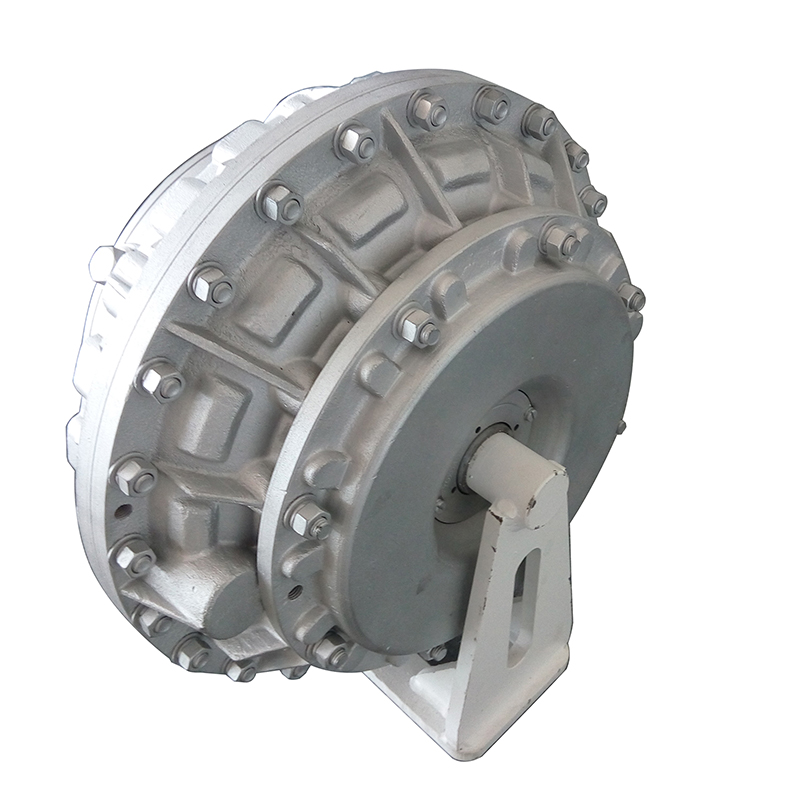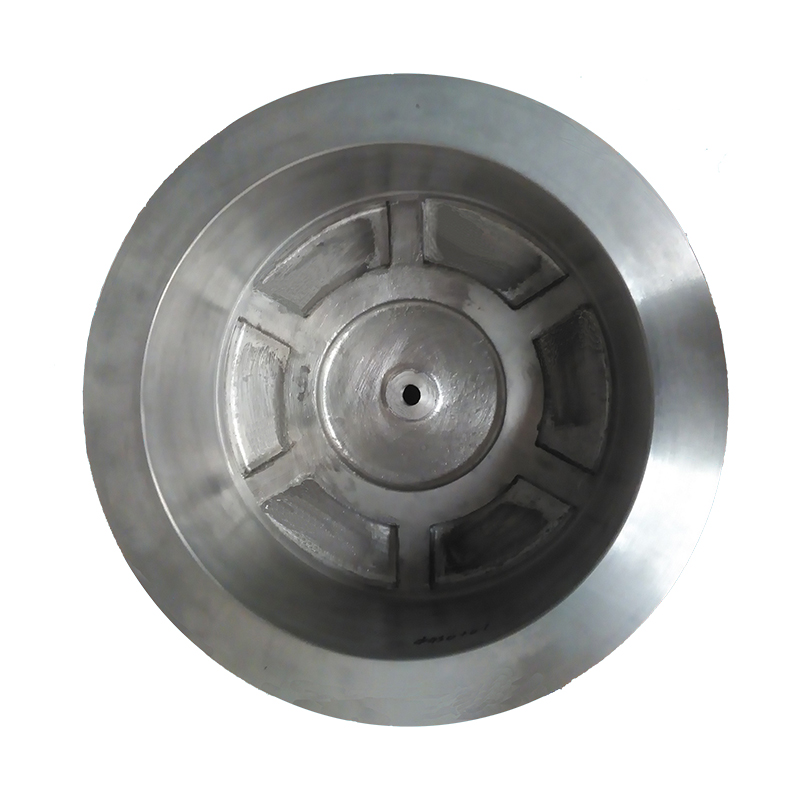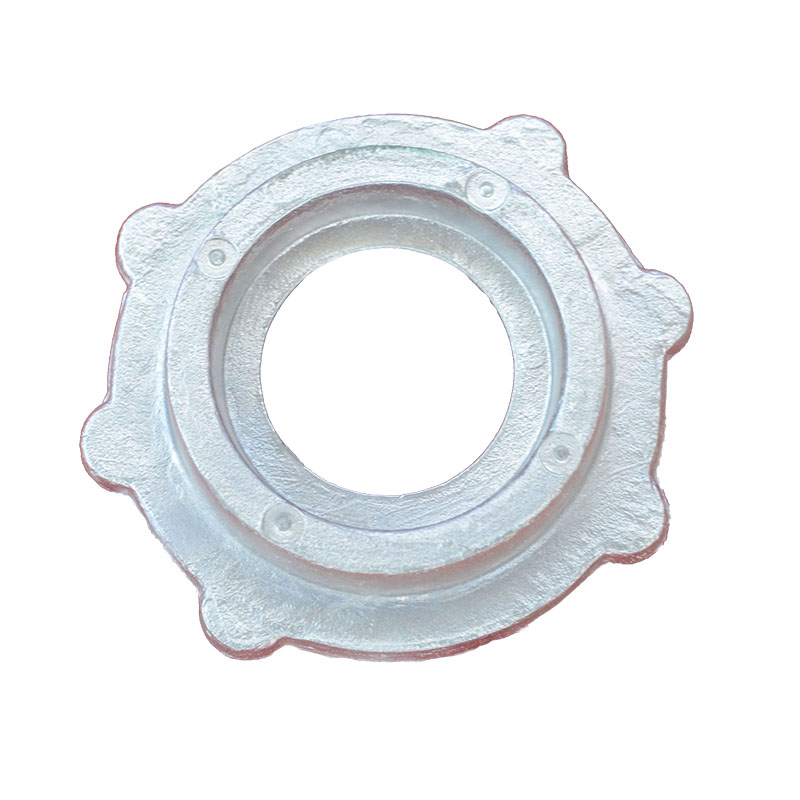- Afrikaans
- Albanian
- Amharic
- Arabic
- Armenian
- Azerbaijani
- Basque
- Belarusian
- Bengali
- Bosnian
- Bulgarian
- Catalan
- Cebuano
- China
- China (Taiwan)
- Corsican
- Croatian
- Czech
- Danish
- Dutch
- English
- Esperanto
- Estonian
- Finnish
- French
- Frisian
- Galician
- Georgian
- German
- Greek
- Gujarati
- Haitian Creole
- hausa
- hawaiian
- Hebrew
- Hindi
- Miao
- Hungarian
- Icelandic
- igbo
- Indonesian
- irish
- Italian
- Japanese
- Javanese
- Kannada
- kazakh
- Khmer
- Rwandese
- Korean
- Kurdish
- Kyrgyz
- Lao
- Latin
- Latvian
- Lithuanian
- Luxembourgish
- Macedonian
- Malgashi
- Malay
- Malayalam
- Maltese
- Maori
- Marathi
- Mongolian
- Myanmar
- Nepali
- Norwegian
- Norwegian
- Occitan
- Pashto
- Persian
- Polish
- Portuguese
- Punjabi
- Romanian
- Russian
- Samoan
- Scottish Gaelic
- Serbian
- Sesotho
- Shona
- Sindhi
- Sinhala
- Slovak
- Slovenian
- Somali
- Spanish
- Sundanese
- Swahili
- Swedish
- Tagalog
- Tajik
- Tamil
- Tatar
- Telugu
- Thai
- Turkish
- Turkmen
- Ukrainian
- Urdu
- Uighur
- Uzbek
- Vietnamese
- Welsh
- Bantu
- Yiddish
- Yoruba
- Zulu
សីហា . 08, 2025 00:40 Back to list
Durable Cast Iron Water Main Pipe & Drainage Solutions
The Enduring Strength of Cast Iron Water Main Pipes: A Comprehensive Guide
In the vast network of urban and industrial infrastructure, the integrity of water distribution systems is paramount. At the heart of these systems, providing robust and reliable water transport, are **cast iron water main pipe**s. While newer materials have emerged, the legacy and proven performance of cast iron, particularly in its ductile form, continue to make it a critical component for municipalities, industries, and agricultural sectors worldwide. This in-depth guide explores the evolution, technical prowess, applications, and strategic advantages of these vital conduits.
Navigating Industry Trends and Technological Advancements
The history of water infrastructure is closely tied to the development of **cast iron water main pipe**s. Dating back centuries, these pipes revolutionized urban planning by enabling efficient and safe water delivery. Historically, grey cast iron pipes dominated the market due to their strength, durability, and relatively low cost. However, the industry has seen a significant shift towards ductile iron pipes since the mid-20th century. Ductile iron, a form of cast iron whose graphite is in spherical form rather than flakes, offers superior tensile strength, elongation, and impact resistance, making it far more resilient to ground movement, pressure surges, and external loads.
Current trends in the water infrastructure sector emphasize sustainability, extended service life, and reduced maintenance costs. This has further propelled the adoption of ductile iron, as it embodies these characteristics. Innovations in coating technologies, jointing systems, and manufacturing processes like **centrifugal casting pipe** production have further enhanced the performance and applicability of these pipes. The demand for robust solutions for municipal water supply, fire protection, and industrial water systems ensures a continuous market for high-quality **cast iron water main pipe**s and their associated fittings, such as **ductile cast iron pipe fittings** and **cast iron sanitary pipe fittings**.
Deep Dive into Cast Iron Water Main Pipe: Characteristics and Parameters
A **cast iron water main pipe** is essentially a pipe manufactured from cast iron, designed for the conveyance of water under pressure. While grey cast iron pipes are still found in older infrastructure, modern applications predominantly utilize ductile iron pipes due to their enhanced mechanical properties.
Key Characteristics:
- Durability and Longevity: With proper installation and maintenance, **cast iron water main pipe**s, especially ductile iron, can boast a service life exceeding 100 years, significantly outperforming many alternative materials.
- High Tensile Strength: Ductile iron pipes exhibit tensile strengths ranging from 420 to 500 MPa, compared to 100-250 MPa for grey cast iron, allowing them to withstand higher internal pressures and external loads.
- Excellent Corrosion Resistance: When properly lined (e.g., with cement mortar lining) and coated (e.g., with zinc and bitumen), ductile iron pipes offer excellent resistance to internal and external corrosion, crucial for maintaining water quality and structural integrity.
- Impact Resistance: Ductile iron's spheroidal graphite structure gives it ductility, meaning it can deform significantly under stress before fracturing, unlike the brittle nature of grey cast iron. This makes it resistant to handling damage and ground shifts.
- Cost-Effectiveness: While the initial material cost might be higher than some plastics, the long service life, low maintenance requirements, and ease of tapping make **cast iron water main pipe**s highly cost-effective over their lifecycle.

Technical Parameters of Common Ductile Iron Water Main Pipes (as per ISO 2531/EN 545):
| Parameter | Description | Typical Range/Value | Standard |
|---|---|---|---|
| Nominal Diameter (DN) | Internal diameter in millimeters | DN 80 to DN 2000 | ISO 2531, EN 545 |
| Pressure Class (PN) | Maximum allowable operating pressure (bar) | PN 10 (1.0 MPa) to PN 40 (4.0 MPa) | ISO 2531, EN 545 |
| Length | Standard pipe length | 6 meters (typically) | ISO 2531 |
| Tensile Strength | Maximum stress pipe can withstand before breaking | ≥ 420 MPa | ISO 1083 |
| Yield Strength | Stress at which material begins to deform permanently | ≥ 270 MPa | ISO 1083 |
| Elongation at Break | Percentage of deformation before fracture | ≥ 5% (for Class K9) | ISO 1083 |
| Lining | Internal protection against corrosion | Cement Mortar Lining (CML) | ISO 4179 |
| Coating | External protection against corrosion | Zinc Coating + Bitumen/Epoxy | ISO 8179 |
The Manufacturing Journey: Precision Casting for Superior Pipes
The manufacturing of a high-quality **cast iron water main pipe** involves sophisticated metallurgical processes, with centrifugal casting being the dominant method for producing ductile iron pipes. This process ensures uniform wall thickness, excellent mechanical properties, and a dense, defect-free structure.
Process Flow: Centrifugal Casting of Ductile Iron Pipes
The creation of a robust **cast iron water main pipe** through centrifugal casting is a meticulously controlled multi-stage process, ensuring the pipe's integrity, strength, and longevity.
-
Raw Material Preparation:
High-purity pig iron, steel scrap, and ferroalloys (like ferrosilicon magnesium for spheroidization) are precisely measured. These raw materials are loaded into an induction furnace or cupola furnace where they are melted at high temperatures (typically 1450°C - 1550°C). This molten metal forms the base for the pipe.
-
Molten Metal Treatment (Spheroidization):
Once melted, the molten cast iron is transferred to a ladle. A crucial step, spheroidization, takes place here. A magnesium-ferrosilicon alloy is added to the molten iron. This addition transforms the graphite structure from flakes (as in grey cast iron) into spheroids, giving the iron its ductile properties. This is vital for the enhanced flexibility and impact resistance of ductile iron.
-
Centrifugal Casting (Spin Casting):
The treated molten ductile iron is then poured into a rapidly rotating water-cooled steel mold. The mold's rotational speed, typically several hundred revolutions per minute, creates a centrifugal force that pushes the molten metal evenly against the inner surface of the mold. This force ensures a dense, uniform wall thickness throughout the pipe, minimizing pores and impurities. The rapid cooling by the water-cooled mold facilitates quick solidification, producing a fine-grained structure.

-
Annealing:
After casting, the pipes are still relatively brittle due to rapid cooling. They undergo an annealing heat treatment in a furnace. This process involves heating the pipes to a specific temperature (e.g., 900-950°C) and then slowly cooling them. Annealing relieves internal stresses, improves ductility, and refines the microstructure, making the pipes more workable and less prone to fracture.
-
Finishing and Machining (e.g., CNC):
The annealed pipes are then cut to standard lengths. The ends of the pipes (spigot and socket) are precisely machined using CNC (Computer Numerical Control) machining to ensure accurate dimensions and smooth surfaces for reliable joint assembly. This includes chamfering, deburring, and preparing the surfaces for coating and lining.
-
Lining and Coating:
To enhance corrosion resistance and ensure water quality, the internal surface of the pipe is typically lined with cement mortar (CML) in accordance with ISO 4179. The external surface is coated with a layer of zinc, followed by a bituminous or epoxy sealant, as per ISO 8179. These layers provide robust protection against external aggressive soil conditions and internal waterborne corrosion.

-
Inspection and Testing:
Each **cast iron water main pipe** undergoes rigorous testing to ensure it meets stringent quality and performance standards. This includes:
- Hydrostatic Testing: Each pipe is subjected to high internal water pressure (e.g., 25-50 bar) to check for leaks and structural integrity (conforming to ISO 2531/EN 545).
- Mechanical Testing: Samples are taken for tensile strength, yield strength, and elongation tests to verify material properties (per ISO 1083).
- Dimensional Checks: Diameter, wall thickness, and length are measured precisely.
- Visual Inspection: Checking for surface defects, proper coating, and lining.
- Non-Destructive Testing (NDT): Techniques like ultrasonic testing may be used to detect internal flaws.
-
Marking and Packaging:
Approved pipes are marked with manufacturer's name, nominal diameter, pressure class, and relevant standard marks. They are then stacked and prepared for shipment.
This comprehensive process ensures that each **cast iron water main pipe** delivered adheres to international standards like ISO 2531 (Ductile iron pipes, fittings, accessories and their joints for water or gas applications) and ANSI/AWWA C151/A21.51 (Ductile-Iron Pipe, Centrifugally Cast, for Water). The meticulous manufacturing and rigorous inspection guarantee a projected service life often exceeding 100 years.
Applications and Advantages in Critical Industries
The versatility and inherent strengths of **cast iron water main pipe**s make them indispensable across a wide spectrum of industries requiring reliable fluid conveyance.
Applicable Industries:
- Municipal Water Supply & Distribution: The primary application, providing potable water to cities and towns. Their durability handles varying ground conditions and urban pressures.
- Wastewater and Drainage Systems: Used as **cast drain pipe** and **cast iron drain pipes for sale** for sewage and storm water due to their resistance to corrosive effluents.
- Fire Protection Systems: Essential for reliable water delivery to fire hydrants and sprinkler systems, where consistent pressure and flow are critical.
- Industrial Applications: Including petrochemical plants, mining operations, and manufacturing facilities for process water, cooling water, and general utility lines. Also used in some **cast iron heating pipes** applications.
- Agricultural Irrigation: Large-diameter pipes facilitate efficient water transport for extensive irrigation networks.
- Power Plants: For cooling water systems and general water utility.

Advantages in Typical Application Scenarios:
- Energy Efficiency: The smooth internal lining (cement mortar) of **cast iron water main pipe**s ensures minimal friction loss, reducing pumping energy requirements over the pipe's long lifespan.
- Corrosion Resistance: Advanced external coatings (zinc and bitumen/epoxy) and internal linings provide robust protection against aggressive soils and corrosive water, drastically reducing pipe degradation and leakage. This is particularly crucial for longevity and preventing contamination.
- High Pressure Capability: Ductile iron pipes are designed to withstand high operating pressures and pressure surges, making them ideal for municipal water mains where consistent pressure is vital.
- Ease of Tapping and Maintenance: Unlike some plastic pipes, ductile iron can be directly tapped for service connections without compromising structural integrity, simplifying maintenance and expansion of existing networks. This also applies to related components like **cast iron pipe fittings suppliers** products and **cast iron plumbing joints**.
- Environmental Friendliness: Cast iron is a highly recyclable material, contributing to sustainable infrastructure development.
Spotlight on Related Expertise: Hydraulic Couplers and Aluminum Casting Service
Our expertise extends beyond robust water main pipes to include precision engineering components. We specialize in producing high-quality castings, including essential parts like **Hydraulic Coupler, Pump Wheel, Gland, End Cap, and offer comprehensive Aluminum Casting Service**. These products, Made in China, exemplify our commitment to diverse casting solutions for various industrial needs, from fluid power to general machinery.
Our capabilities in ferrous and non-ferrous casting, coupled with advanced CNC machining, allow us to deliver components with tight tolerances and superior surface finishes. Whether it's complex hydraulic parts requiring intricate internal geometries or durable pump components designed for harsh environments, our casting and manufacturing processes ensure optimal performance and longevity. This dedication to precision manufacturing translates directly into the reliability and quality of our larger infrastructure solutions, such as the cast iron water main pipe.
Manufacturer Comparison and Strategic Selection
Choosing the right supplier for **cast iron water main pipe**s and related fittings is a critical decision that impacts project success, long-term operational costs, and environmental impact. When evaluating manufacturers, several key criteria should be considered to ensure quality, reliability, and value.
Key Selection Criteria for Manufacturers:
- Certifications and Standards: A reputable manufacturer will adhere to international standards such as ISO 9001 for quality management, ISO 14001 for environmental management, and product-specific standards like ISO 2531, EN 545, or ANSI/AWWA C151. Look for compliance with these benchmarks to guarantee product consistency and reliability.
- Manufacturing Capabilities: Assess their capabilities in advanced casting techniques (e.g., centrifugal casting), material processing, and quality control. Do they offer comprehensive solutions, including **ductile iron pipe fittings manufacturers**?
- Experience and Track Record: A manufacturer with a long history and extensive experience in the industry demonstrates deep understanding and proven reliability. Look for service years in the market and successful project completions.
- Quality Control and Testing: Beyond standard compliance, inquire about their internal quality assurance protocols, including hydrostatic testing, metallurgical analysis, and non-destructive testing (NDT) processes.

- Customization and Engineering Support: For complex projects or specific requirements, the ability to provide customized pipe lengths, coatings, or specialized fittings is invaluable. Strong engineering support can help optimize designs and troubleshoot challenges.
- After-Sales Support and Warranty: A manufacturer's commitment extends beyond delivery. Robust after-sales support, technical assistance, and clear warranty policies enhance trustworthiness.
- Sustainability Practices: Given the emphasis on green infrastructure, consider manufacturers with responsible sourcing, energy-efficient production, and recycling initiatives for materials like cast iron.
Our commitment to these principles ensures that whether it's a standard **cast iron water main pipe** or custom **cast iron pipe fittings suppliers** components, clients receive products of the highest caliber, backed by expert support.
Tailored Custom Solutions and Engineering Partnerships
Not all infrastructure projects fit a standard mold. Recognizing this, leading manufacturers offer bespoke solutions to meet unique project demands. This involves a collaborative approach where engineering teams work closely with clients from conceptualization to final delivery.
Elements of a Custom Solution:
- Material Optimization: Advising on specific ductile iron grades or specialized alloys for challenging environments (e.g., highly corrosive soils, extreme temperatures).
- Design Modification: Customizing pipe lengths, wall thicknesses, or joint configurations for specific installation requirements or space constraints. This can include specialized **cast iron plumbing joints**.
- Specialty Coatings and Linings: Applying advanced epoxy coatings, fusion-bonded epoxy (FBE), or other protective layers for enhanced resistance to specific chemicals or abrasion.
- Integrated Solutions: Providing not just pipes, but also the full range of compatible **ductile cast iron pipe fittings** and accessories, ensuring system compatibility and streamlined procurement.
- Pre-fabrication Services: Delivering pre-assembled sections or complex manifolds to accelerate on-site installation and reduce labor costs.
Our comprehensive Aluminum Casting Service further underscores our versatility. While distinct from large-scale **cast iron water main pipe** production, it demonstrates our mastery of precision casting techniques applicable to a wide array of industrial components, from intricate **Hydraulic Coupler**s to robust **Pump Wheel**s. This expertise ensures that even the most demanding custom requirements can be met with engineering excellence.
Real-World Application Cases and Proven Performance
The true testament to the quality and reliability of **cast iron water main pipe**s lies in their widespread and successful application across diverse environments.
Illustrative Application Cases:
-
Metropolitan Water Grid Upgrade (City X):
A major metropolitan area embarked on a multi-year project to replace aging grey cast iron mains with new ductile iron pipes to reduce water loss, improve pressure stability, and enhance fire suppression capabilities. Over 500 kilometers of DN 600-1200 ductile iron pipes were installed. Post-installation data showed a 30% reduction in pipe bursts and leaks within the upgraded zones in the first five years, exceeding projected service improvements. The project leveraged advanced push-on and mechanical joints for rapid installation in densely populated areas.
-
Industrial Cooling Water System (Large Steel Mill):
A steel manufacturing facility replaced its cooling water lines with DN 1000 ductile iron pipes due to their superior resistance to thermal shock and external loads from heavy industrial traffic. The pipes were specified with an enhanced external epoxy coating to withstand aggressive industrial soil conditions. After 10 years of operation, the system has shown no signs of significant corrosion or degradation, demonstrating significant savings in maintenance compared to previous pipe materials.

-
Remote Agricultural Irrigation Project (Region Y):
In a large-scale agricultural development, a network of **cast iron water main pipe**s (primarily DN 300-500) was deployed to transport water from a central reservoir to various irrigation points. The robust nature of ductile iron was crucial given the challenging, uneven terrain and the need for a system that could withstand potential accidental impact from heavy machinery. The ease of tapping for farmer connections proved highly beneficial, allowing for flexible water distribution without compromising the main line integrity. The project, implemented with comprehensive technical support, has provided stable water supply for over 20 years, contributing to regional agricultural productivity.

These cases highlight the adaptability and long-term economic benefits of investing in quality **cast iron water main pipe**s. Client feedback consistently emphasizes the durability, ease of installation, and low lifecycle costs as primary drivers for choosing ductile iron solutions. Our dedication to providing reliable products and comprehensive support contributes directly to such successful outcomes.
Frequently Asked Questions (FAQ) about Cast Iron Water Main Pipes
Q1: What is the primary difference between grey cast iron and ductile iron pipes?
A1: The fundamental difference lies in their microstructure. In grey cast iron, graphite exists as flakes, making the material brittle. In ductile iron, through a spheroidization process, graphite forms spherical nodules. This spherical shape inhibits crack propagation, giving ductile iron significantly higher tensile strength, impact resistance, and ductility compared to grey cast iron.
Q2: What is the typical service life of a ductile **cast iron water main pipe**?
A2: When properly manufactured, installed, and protected with standard coatings and linings (e.g., cement mortar lining), ductile iron pipes have a proven service life often exceeding 100 years, making them one of the most durable options for water infrastructure.
Q3: How do **cast iron water main pipe**s resist corrosion?
A3: Ductile iron pipes are protected against corrosion both internally and externally. Internally, they are typically lined with cement mortar (CML) conforming to ISO 4179, which provides a barrier and creates an alkaline environment inhibiting corrosion. Externally, they are coated with metallic zinc (per ISO 8179) followed by a bituminous or epoxy seal coat, offering active and passive protection against aggressive soil conditions.
Q4: What are the main standards governing the manufacture and testing of ductile iron pipes?
A4: Key international standards include ISO 2531 (Ductile iron pipes, fittings, accessories and their joints for water or gas applications), EN 545 (Ductile iron pipes, fittings and accessories and their joints for water pipelines - Requirements and test methods), and ANSI/AWWA C151/A21.51 (Ductile-Iron Pipe, Centrifugally Cast, for Water).
Q5: Can ductile iron pipes be used for applications other than water supply?
A5: Yes, while primarily used for water, ductile iron pipes are also widely used for sewage and wastewater systems (e.g., **cast drain pipe**), industrial process lines, and gas distribution. Specific internal linings and external coatings may vary based on the fluid transported and environmental conditions.
Q6: What is centrifugal casting, and why is it preferred for making **cast iron water main pipe**s?
A6: Centrifugal casting (or spin casting) involves pouring molten metal into a rapidly rotating mold. The centrifugal force ensures the molten metal is evenly distributed against the mold walls, resulting in a pipe with uniform wall thickness, high density, excellent metallurgical structure, and minimal defects. This process is highly efficient and produces pipes with superior mechanical properties.
Q7: Are specialized fittings necessary for ductile iron pipes, such as **cast iron plumbing joints**?
A7: Yes, ductile iron pipes use specific types of fittings and joints designed to match their mechanical properties and ensure leak-tight connections. Common joint types include push-on joints (with rubber gaskets), mechanical joints (with glands and bolts), and flanged joints. Manufacturers often provide comprehensive ranges of **ductile iron pipe fittings manufacturers** products to ensure system compatibility.
Commitment to Trustworthiness: Delivery, Warranty, and Customer Support
Building lasting partnerships is foundational to our approach. Our commitment to trustworthiness is reflected in every aspect of our operations, from transparent production to reliable after-sales service for products like **cast iron water main pipe**s and our **Aluminum Casting Service**.
Delivery and Logistics:
We understand that timely delivery is crucial for project schedules. Our robust logistics network and efficient production planning ensure that your orders, whether for standard pipes or custom castings like the **Hydraulic Coupler** or **Pump Wheel**, are processed and dispatched promptly. We provide clear communication regarding lead times and delivery schedules, minimizing disruptions to your operations. For large projects, we can coordinate phased deliveries to align with installation progress.
Quality Assurance and Warranty:
Every **cast iron water main pipe** and component leaving our facility undergoes stringent quality control, adhering to international standards (e.g., ISO, ANSI). We stand behind the quality of our products with comprehensive warranty policies that cover manufacturing defects and performance as per specified standards. Our commitment to excellence means you can trust in the longevity and reliability of our solutions.
Dedicated Customer Support:
Our relationship with clients doesn't end at delivery. We offer dedicated technical support throughout the project lifecycle, from pre-sales consultation and engineering assistance to post-installation troubleshooting. Our team of experts is readily available to answer your questions, provide guidance on product selection, installation best practices for **cast iron plumbing joints**, and address any concerns promptly. We believe responsive and knowledgeable support is key to successful long-term collaborations.
Conclusion: The Future of Resilient Water Infrastructure
The landscape of water infrastructure is continuously evolving, but the fundamental need for durable, efficient, and reliable piping systems remains constant. **Cast iron water main pipe**s, particularly in their advanced ductile iron form, embody these critical requirements, offering an unparalleled combination of strength, longevity, corrosion resistance, and cost-effectiveness over their impressive service life. From foundational municipal networks to specialized industrial applications, their proven performance underpins the flow of essential resources. Our expertise in precision casting, from large-scale pipes to intricate components like the Hydraulic Coupler and Aluminum Casting Service, positions us as a premier partner in delivering sustainable and high-performing solutions for the global infrastructure challenge. As the world seeks more resilient and sustainable urban solutions, the role of advanced cast iron technology, supported by rigorous quality control and expert engineering, will only continue to grow.
References and Further Reading
For more in-depth information on ductile iron pipe technology and industry best practices, consider exploring resources from:
- American Water Works Association (AWWA) - Ductile Iron Pipe Design, Construction, and Installation
- Ductile Iron Society - Technical papers on Centrifugal Casting
- ISO 2531: Ductile iron pipes, fittings, accessories and their joints for water or gas applications
- EN 545: Ductile iron pipes, fittings and accessories and their joints for water pipelines - Requirements and test methods
-
Durable Centrifugally Cast Iron Water Main Pipe
NewsAug.11,2025
-
Centrifugally Cast Iron Water Main Pipes for Reliability
NewsAug.10,2025
-
High-Quality Centrifugally Cast Iron Water Main Pipes
NewsAug.09,2025
-
Buy Cast Iron Pipe: Premium Ductile Iron & Drain Solutions
NewsAug.07,2025
-
Durable Cast Iron Water Main Pipe | Buy Ductile Pipe
NewsAug.06,2025


